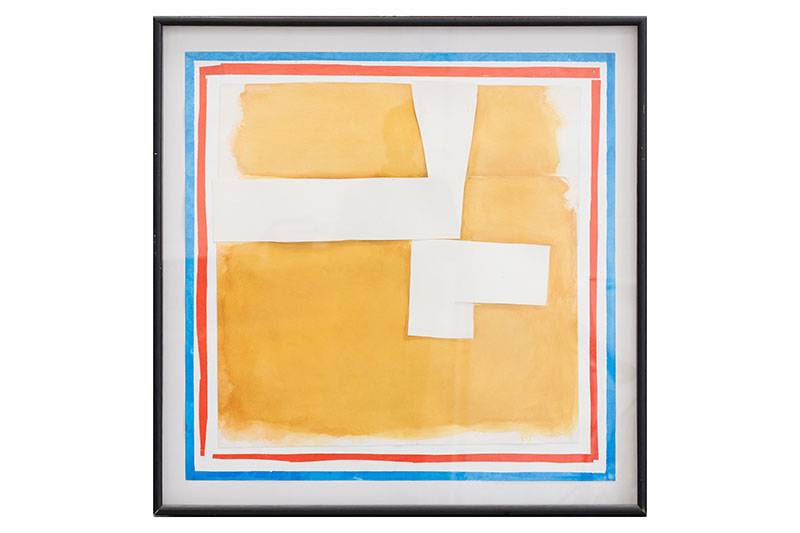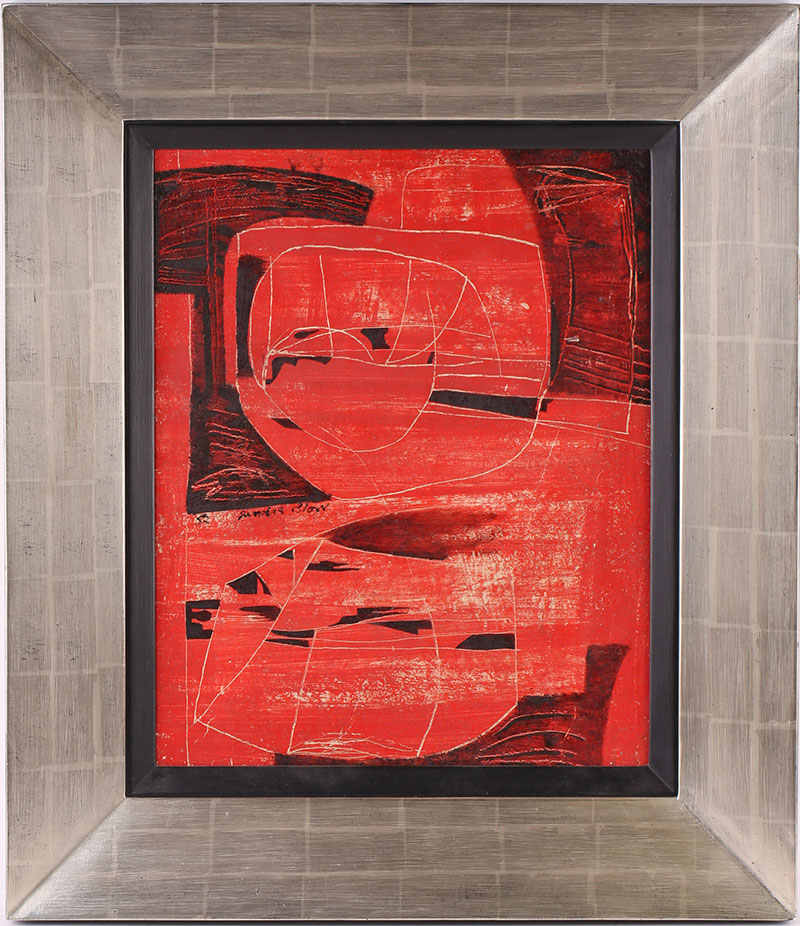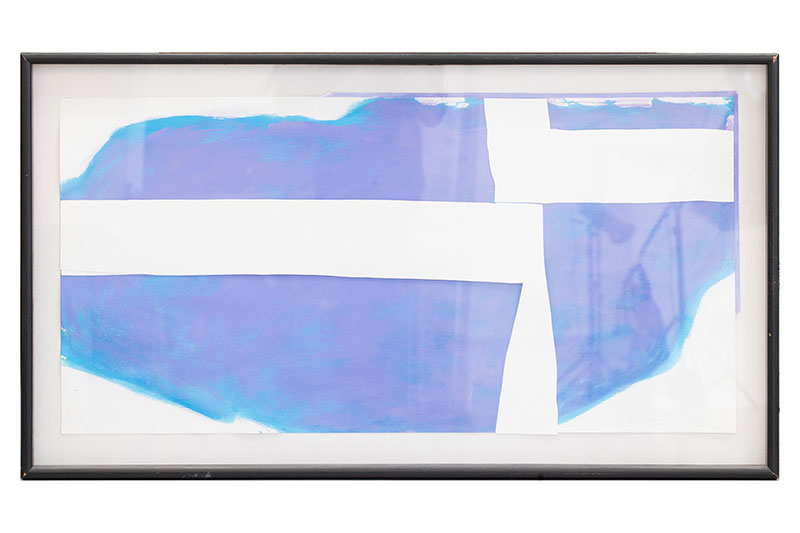A Guide to the work of Sandra Blow
A Renowned British abstract artist
21/06/2024
Sandra Blow was a renowned British abstract artist, known for her bold, expressive paintings featuring discarded materials such as sawdust, sackcloth, and plaster. Her work is characterised by an emphasis on surface textures resulting in dynamic earthy compositions, with a spontaneous, gestural approach. She emerged as a leading figure in the post-war abstract art movement in Britain, alongside artists such as Denis Bowen, Patrick Heron, Roger Hilton, and Gillian Ayres.
Sandra Blow (1925 - 2006), Abstract in Ochre
Blow was born in London on the 14th of September 1925 to Jewish parents. At the age of nine she suffered with scarlet fever, followed by rheumatic fever, which caused permanent damage to her heart. When she was fourteen Blow was evacuated to Paddock Wood in Kent, which was near her grandparents' fruit farm. From 1941 until 1946 she studied at St. Martin's School of Art where she was taken up by one of the tutors, Ruskin Spear, and met fellow artists such as Lucian Freud, John Minton, and Francis Bacon. The patronage of older male artists like Spear, Carel Weight and Robert Buhler would remain a pattern throughout her career. Blow attended the Royal Academy Schools briefly in 1947, before travelling to Rome to attend the Accademia di Belle Arti, where she met and developed a relationship with Alberto Burri. While their romance only lasted a few years, he would have a lifelong influence on her work.
Sandra Blow (1925-2006) British, an abstract study in red
In 1950 Blow returned to the UK facing the hardship of establishing herself not only as a female artist, but also an abstractionist. She made her first sale to the founder of the Institute of Contemporary Arts, Roland Penrose, which would be pivotal in launching her career. In 1951 leading London gallery, Gimpel Fils, began representing her work. The gallery also represented St Ives artists, including Barbara Hepworth, Ben Nicholson, and Peter Lanyon, which would be significant to Blow who would eventually relocate to the Cornish town in 1994 for the remainder of her life. From 1961 until 1975 she taught painting at the Royal College of Art, an auspicious time when David Hockney, Patrick Caulfield and Ron Kitaj were among the students. A prominent figure in the arts scene, Blow would regularly exhibit internationally throughout her career. An exhibition to mark Blow's 80th birthday was held at Tate Britain in 2005, coinciding with the publication of a biography, Sandra Blow, by Michael Bird. On the 22nd of August 2006, Blow underwent heart surgery at the Royal Cornwall Hospital, but unfortunately, she passed away following a cerebral haemorrhage.
Sandra Blow (1925 - 2006), Abstract in Blue
Blow's paintings often featured large, sweeping brushstrokes and the incorporation of unconventional materials like sand, tar, and cement. Her style evolved over the decades, but she maintained a focus on the expressive potential of paint and the exploration of the canvas as a physical surface.
In addition to her painting practice, Blow was also an influential teacher, mentoring many young artists at the Royal College of Art and other institutions. She received numerous accolades throughout her career, including a CBE in 1995 for her contributions to British art.
Today, Blow's work is held in the collections of major museums and galleries around the world, and she is recognised as a pioneering figure in the development of abstract art in the 20th century.
Read More
How Do I Sell An Expensive Piece of Art?
British Art in the 20th Century
Do you have any artwork by Sandra Blow which you are considering selling?
With a huge audience of known buyers across the globe, Dawsons can secure the highest prices.
Get in touch with an expert Valuer for confidential sales advice, we would be delighted to help:


